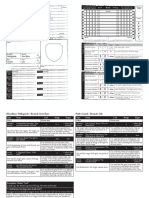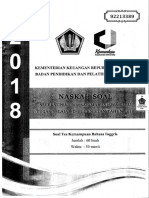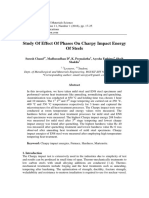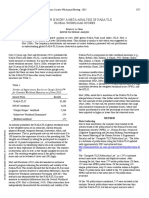0% found this document useful (0 votes)
16 views21 pagesBig Data Analytics 1
Big Data encompasses large, complex datasets characterized by the 5 Vs: Volume, Velocity, Variety, Veracity, and Value, requiring advanced technologies for effective management and analysis. It is utilized across various industries, including healthcare, finance, and marketing, to enhance decision-making, personalization, and operational efficiency. Despite its advantages, challenges such as data quality, security, and high costs persist, necessitating a structured approach to extract actionable insights.
Uploaded by
Sanjay sainiCopyright
© © All Rights Reserved
We take content rights seriously. If you suspect this is your content, claim it here.
Available Formats
Download as PDF, TXT or read online on Scribd
0% found this document useful (0 votes)
16 views21 pagesBig Data Analytics 1
Big Data encompasses large, complex datasets characterized by the 5 Vs: Volume, Velocity, Variety, Veracity, and Value, requiring advanced technologies for effective management and analysis. It is utilized across various industries, including healthcare, finance, and marketing, to enhance decision-making, personalization, and operational efficiency. Despite its advantages, challenges such as data quality, security, and high costs persist, necessitating a structured approach to extract actionable insights.
Uploaded by
Sanjay sainiCopyright
© © All Rights Reserved
We take content rights seriously. If you suspect this is your content, claim it here.
Available Formats
Download as PDF, TXT or read online on Scribd
/ 21
































































































